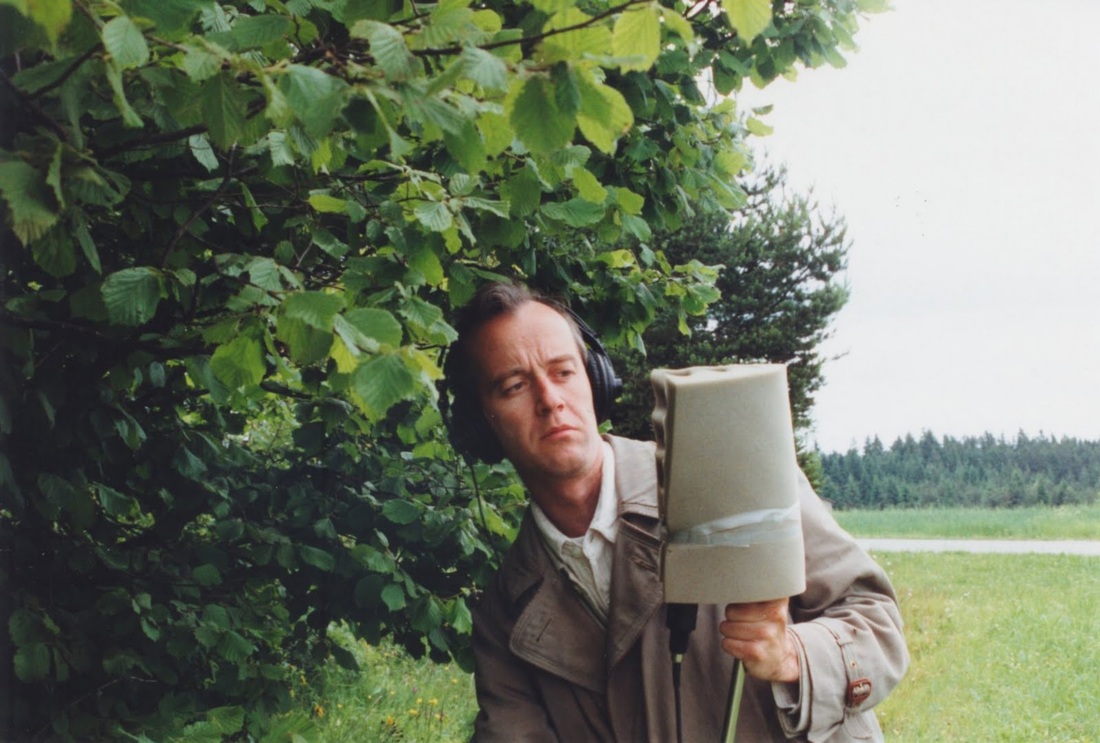|
Peter ABLINGER (b. 1959, Austria) - Weiss/Weisslich 31e (2002)
My material is not sound. My material is audibility. While others work with sound perhaps set a sound and then a pause I set audibility then inaudibility. Inaudibility can arise through various means. Through quietness but also through loudness. Through too low notes and through too high notes. Through slowness but also through swiftness. Through too little occurring but also through too much occurring. Through too much closeness and through too much distance. Through too short durations and through too long durations. Through emptiness and through fullness. – Peter Ablinger The Weiss/Weisslich 31 series is comprised of five works intent on simply encouraging listeners to appreciate the sonic phenomenon of rain falling in various settings. In Weiss/Weisslich 31a and c, the “piece” occurs when one goes to a rain shelter in a public place, or stands under an umbrella and simply listens. Similarly, Weiss/Weisslich 31 b and d occur when one puts the components of drum set or various glasses out in the rain and observes. In both cases, the listener decides when the piece begins and ends (insofar as it is raining.) The aim in these works is explained in Ablinger’s short essay “Recitative and Aria,” in which he explains that there are fundamentally two kinds of things in the world: those that are consecutive and those that are simultaneous. According to Ablinger, the consecutive (the sequential) is inherently linked to language, and the simultaneous (the all-at-once) is linked to the unutterable, and is therefore more profound. He argues that we as listeners have trained ourselves to conceive of hearing eternity in a linear fashion as though there were a beginning and end. However, in Ablinger’s words “I maintain the opposite. That eternity is everything at once. Is beginning (taking up, starting) and ending (stopping) now in this instant. Is the condensed, compressed, infinitely thick Now of this moment - in every moment. And the series of these moments again and again in every moment. Now and always.” The result of hearing all music simultaneously, would then be similar to a waterfall – white noise. In the case of the Weiss/Weisslich (White/Whitish) series, Ablinger seeks to create situations rather than acts, making us aware of what already is, rather that what one creates. Weiss/Weisslich 31e is the “concert piece” of the series, meaning that unlike 31a- d, the work fits into the concert hall convention of having a performer, an audience and a score with performance directions and a formal design with an approximate duration. In the piece, the performer is required to drip water onto eight graduated glass tubes with close amplification. The performer does this by suspending small washcloths that have been soaking in a water-filled bowl in a specified order. While this act requires no technical virtuosity from the performer, the music that is produced is extraordinarily complex. What begins as a single steady drip from a washcloth onto a tube suddenly turns into a turbulent polyrhythmic forest with the one-by-one additions of several washcloths dripping out of phase with each other. It is astonishing to notice how differently the listener perceives the “music” that is occurring at any given moment depending on how many rags are dripping. For instance, when one is dripping, we perceive pulse. When two to five are dripping, we perceive melody and perhaps even rhythmic and melodic counterpoint. When we hear six to eight tubes ringing simultaneously, we perceive harmony and texture (e.g. that which we call “white noise”). In any event, it is sure that we no longer hear pulse or melody unless we resolve to do so by listening selectively. Although it seems as though the rates of dripping are quite steady, the cloths are of course drying out as they drip, and therefore are perpetually becoming imperceptibly slower. Jonathan Hepfer, 2009 |
